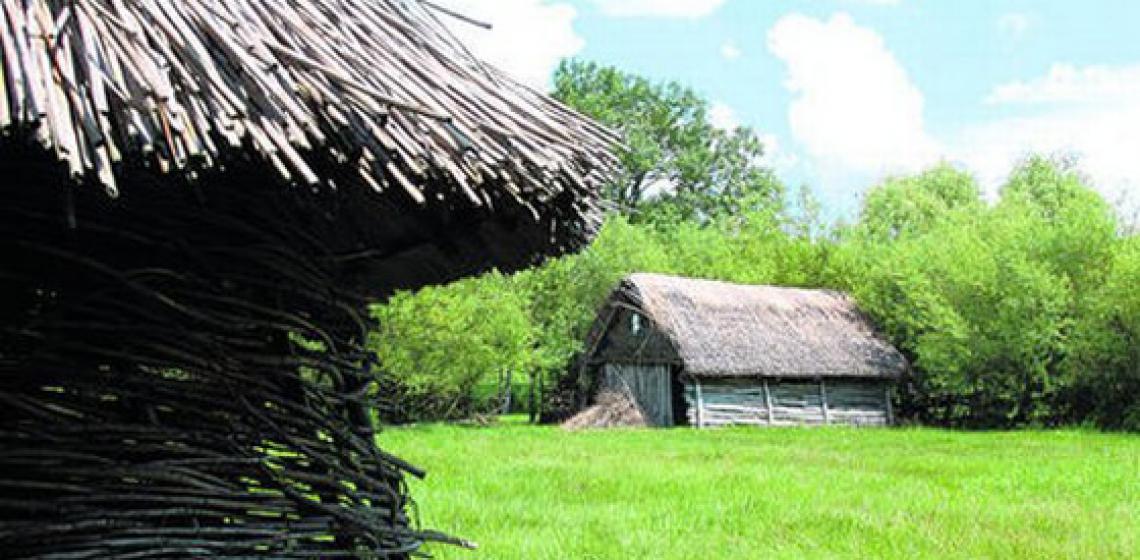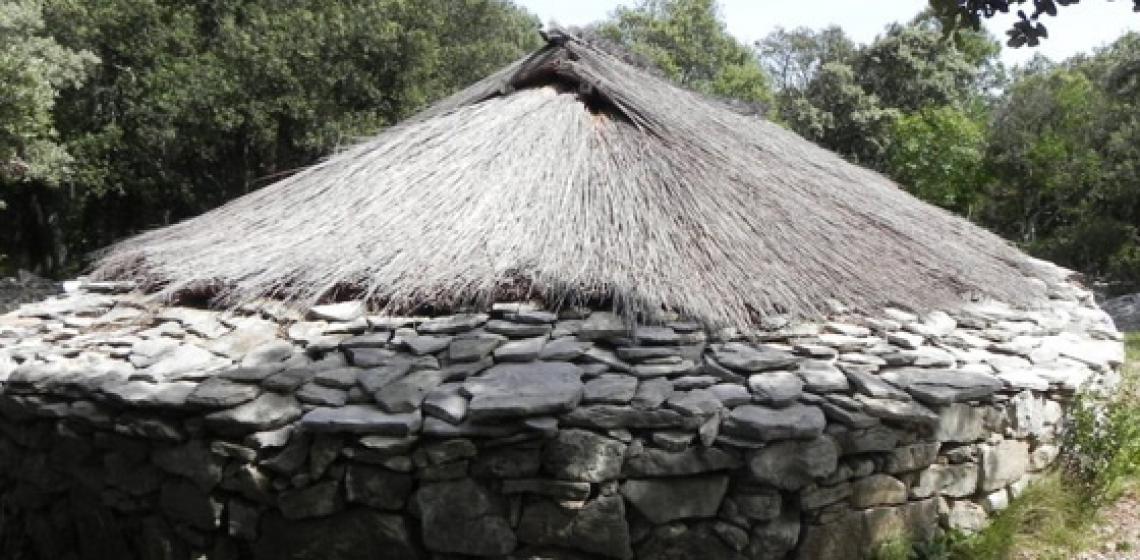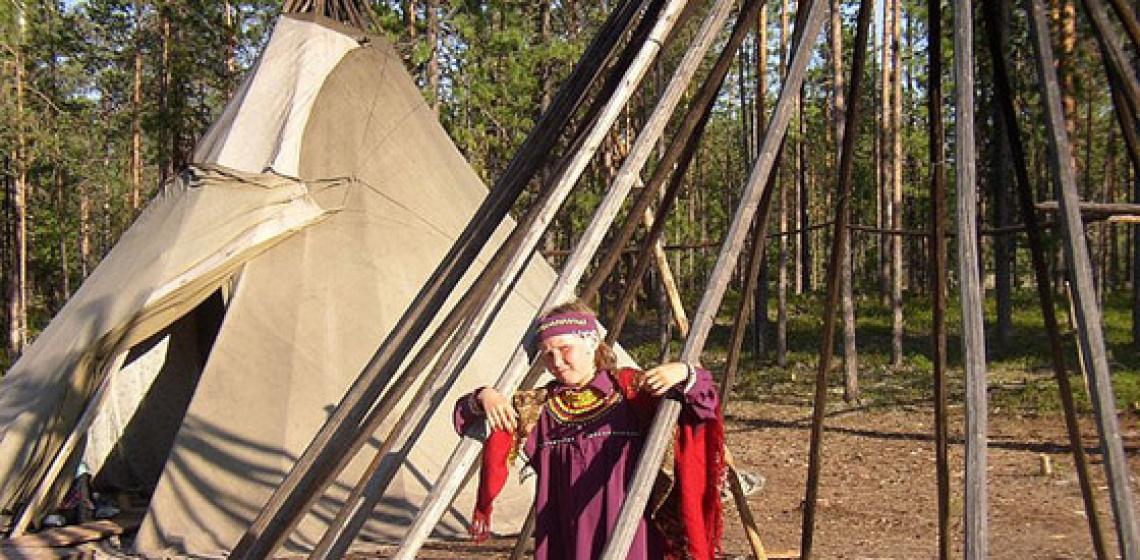Prähistorische Siedlung Pestenacker (DE)
In 1934, an extraordinarily well preserved Neolithic settlement was discovered at Pestenacker. The culture layer was maximum 1.2 metres thick. Mayor excavations took place as well between 1988-1993.
In 1934, an extraordinarily well preserved Neolithic settlement was discovered at Pestenacker. The culture layer was maximum 1.2 metres thick. Mayor excavations took place as well between 1988-1993...










